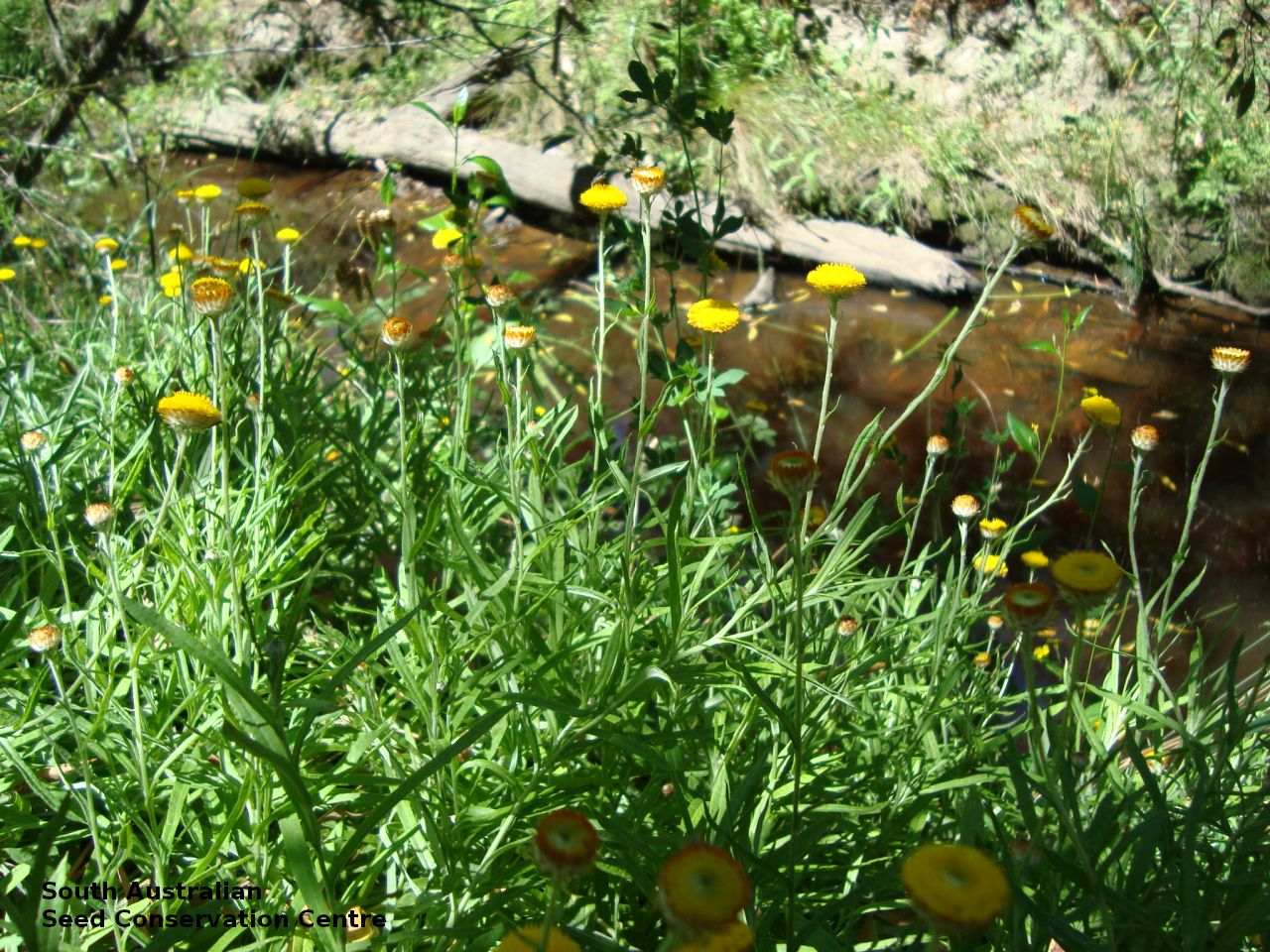
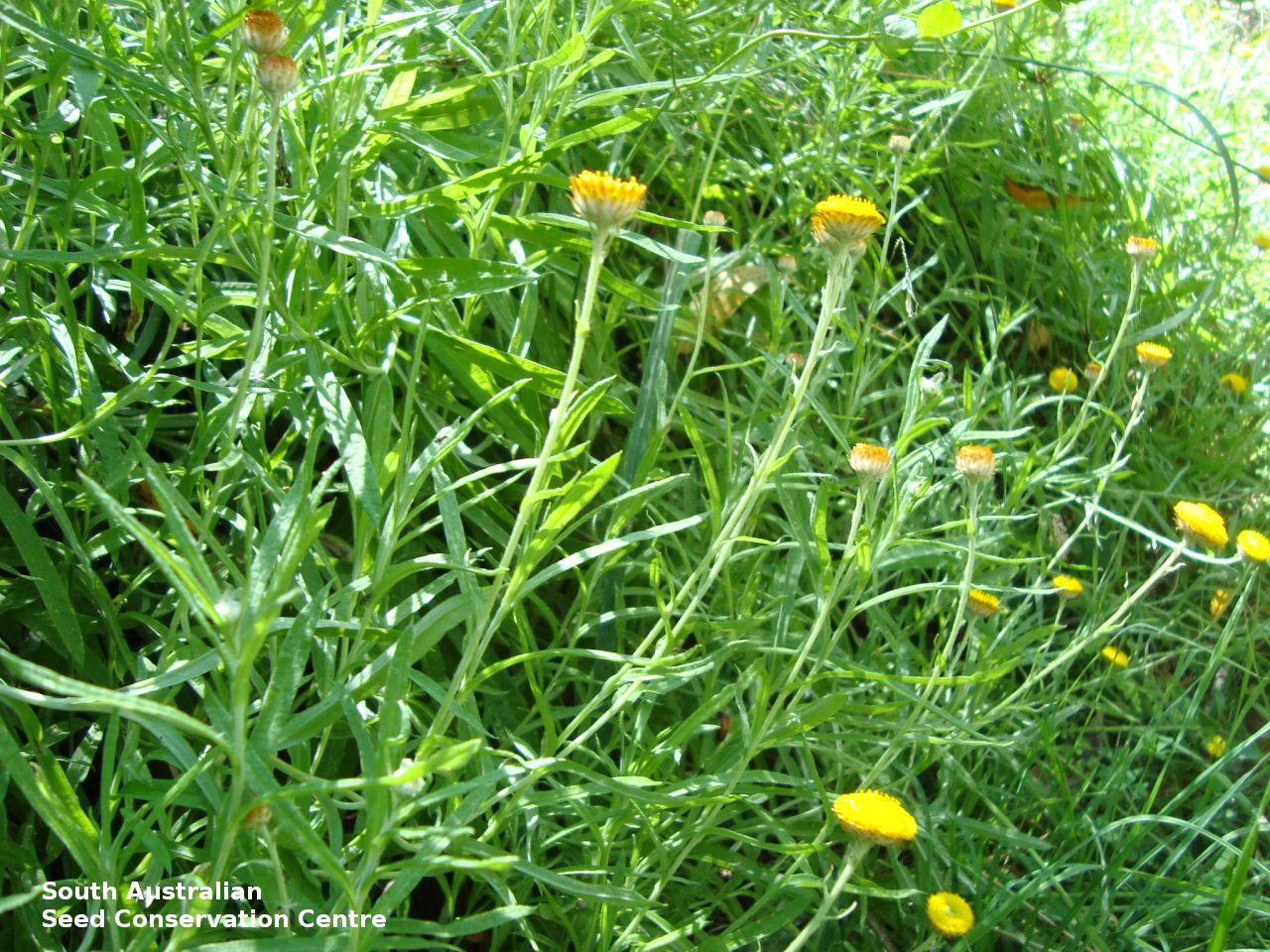
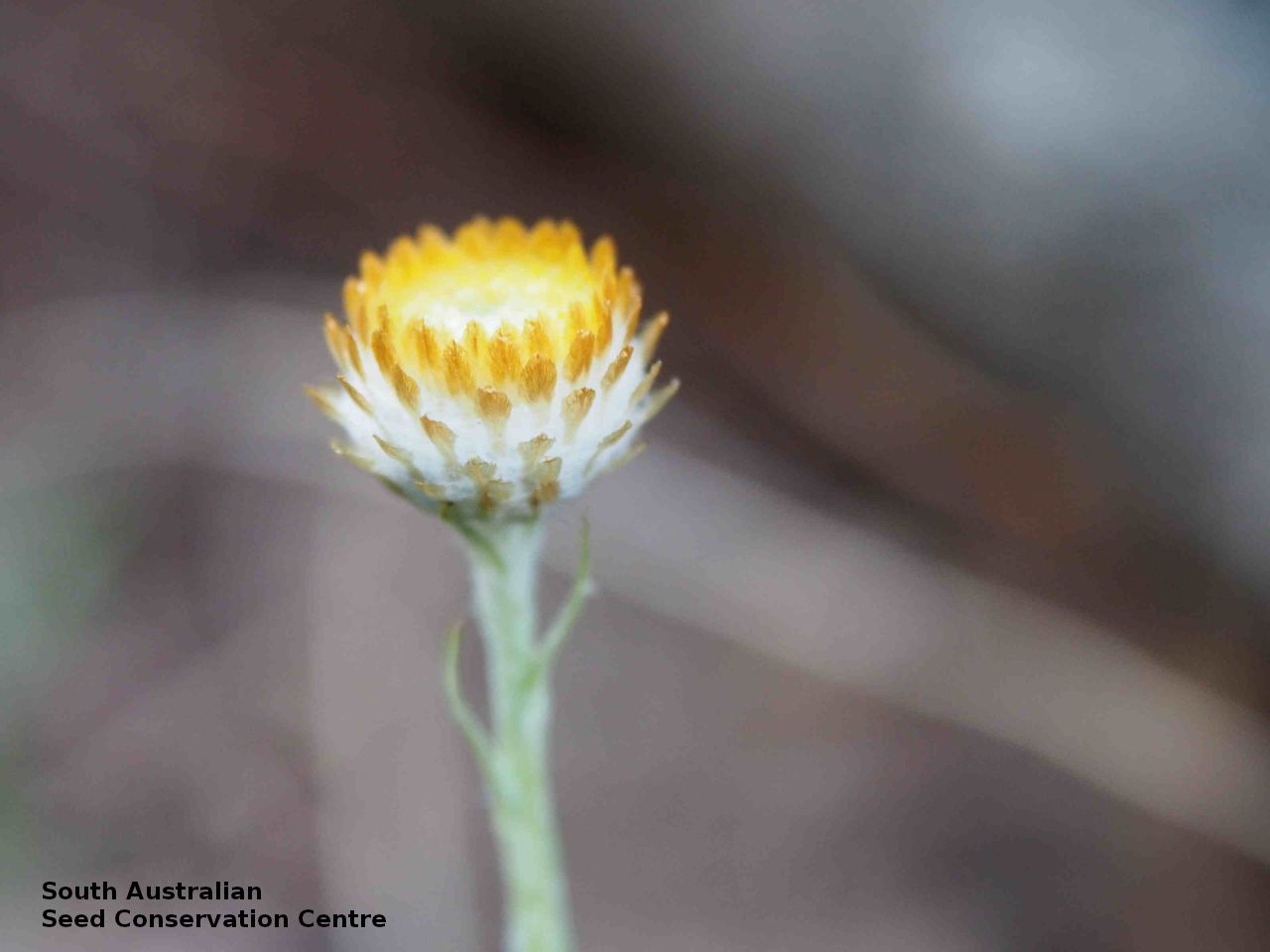
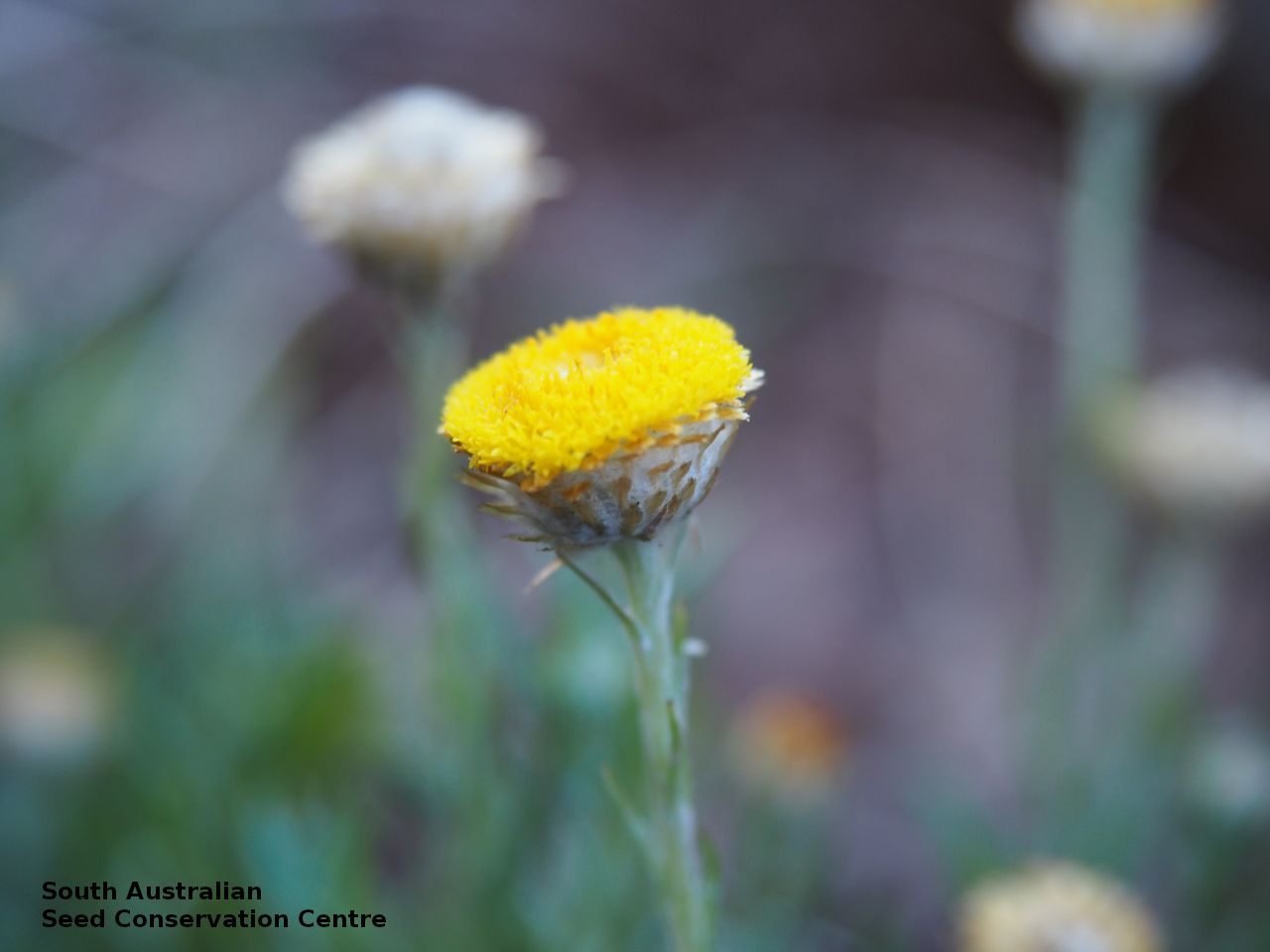
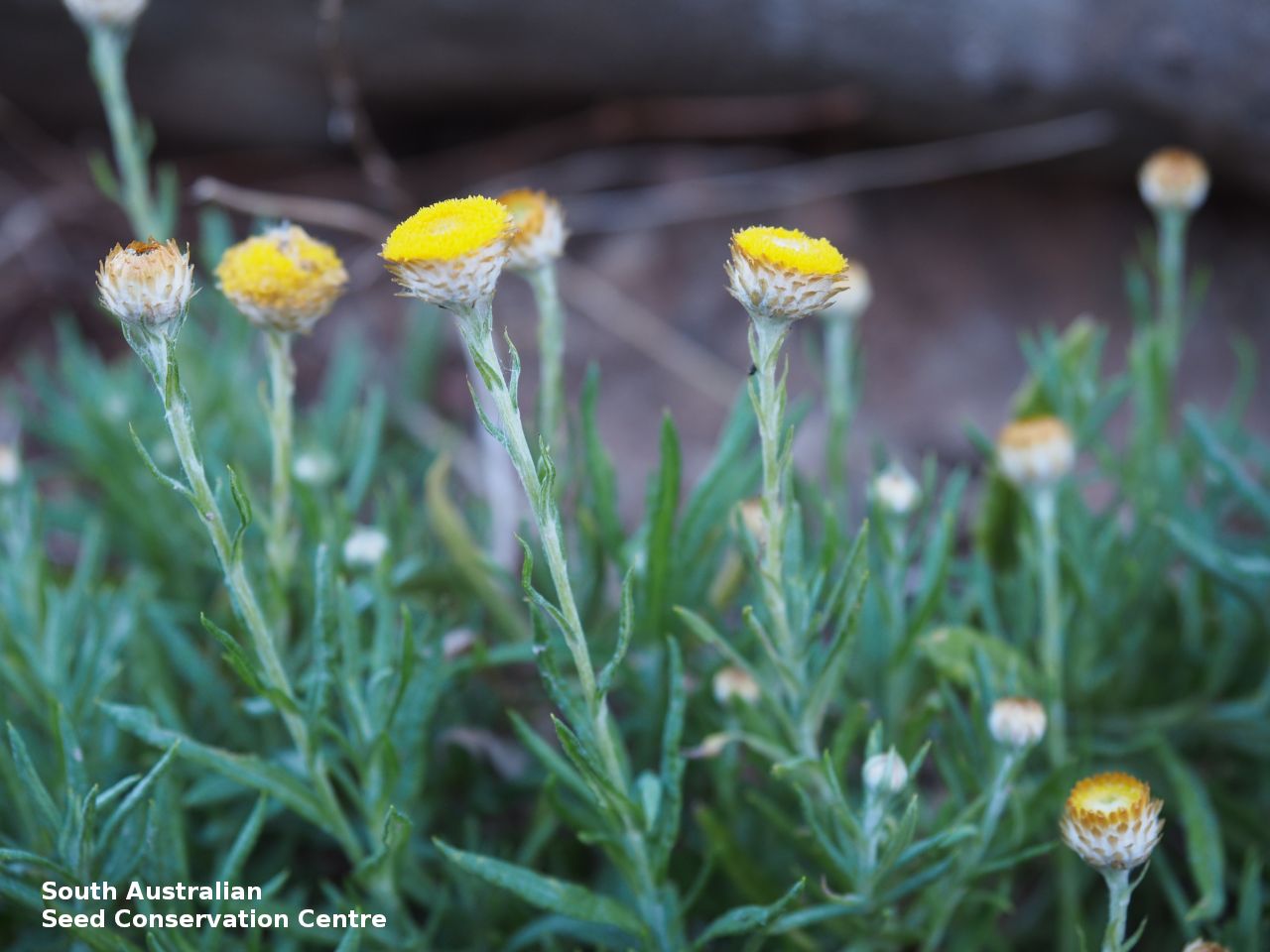
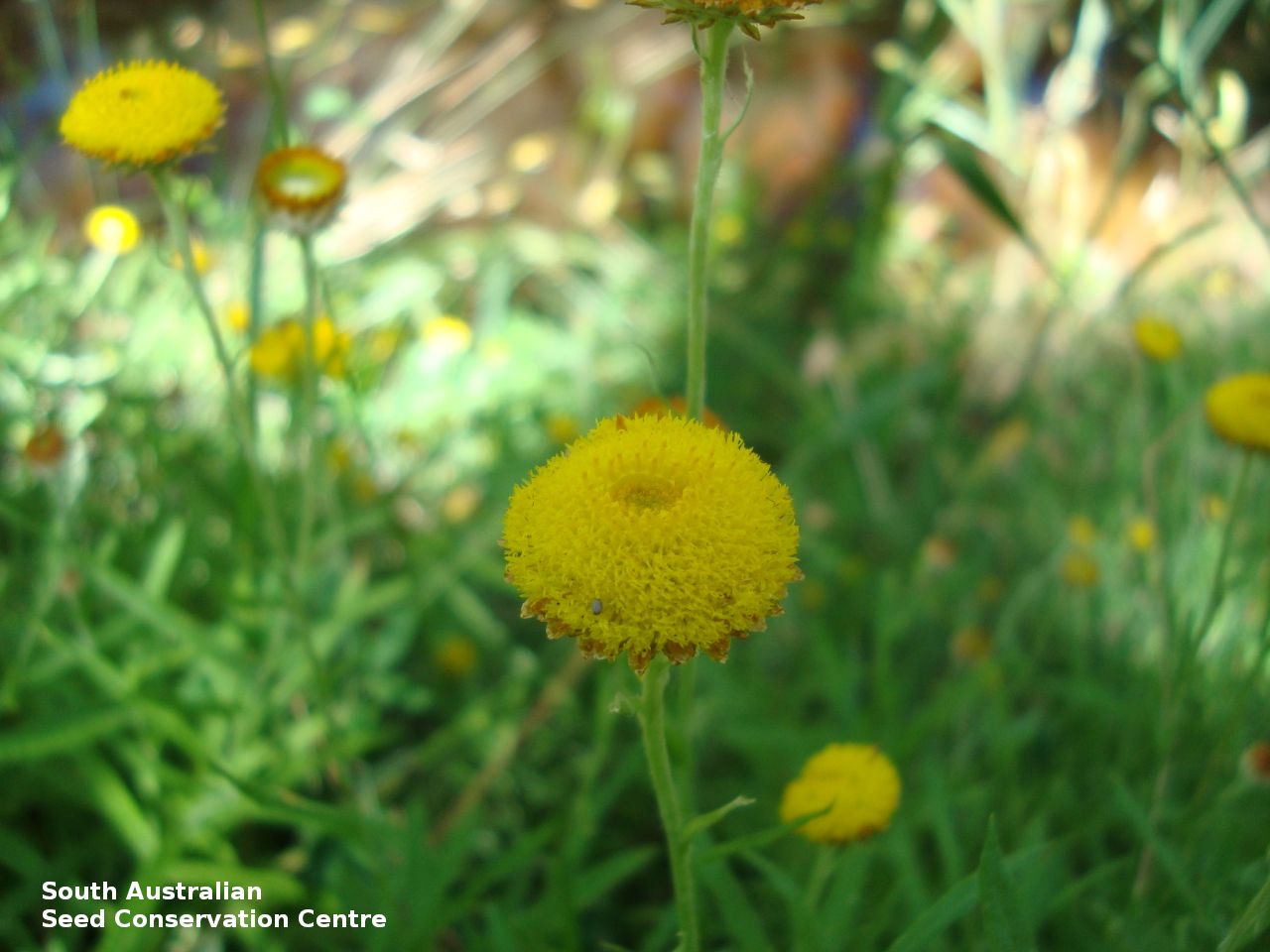
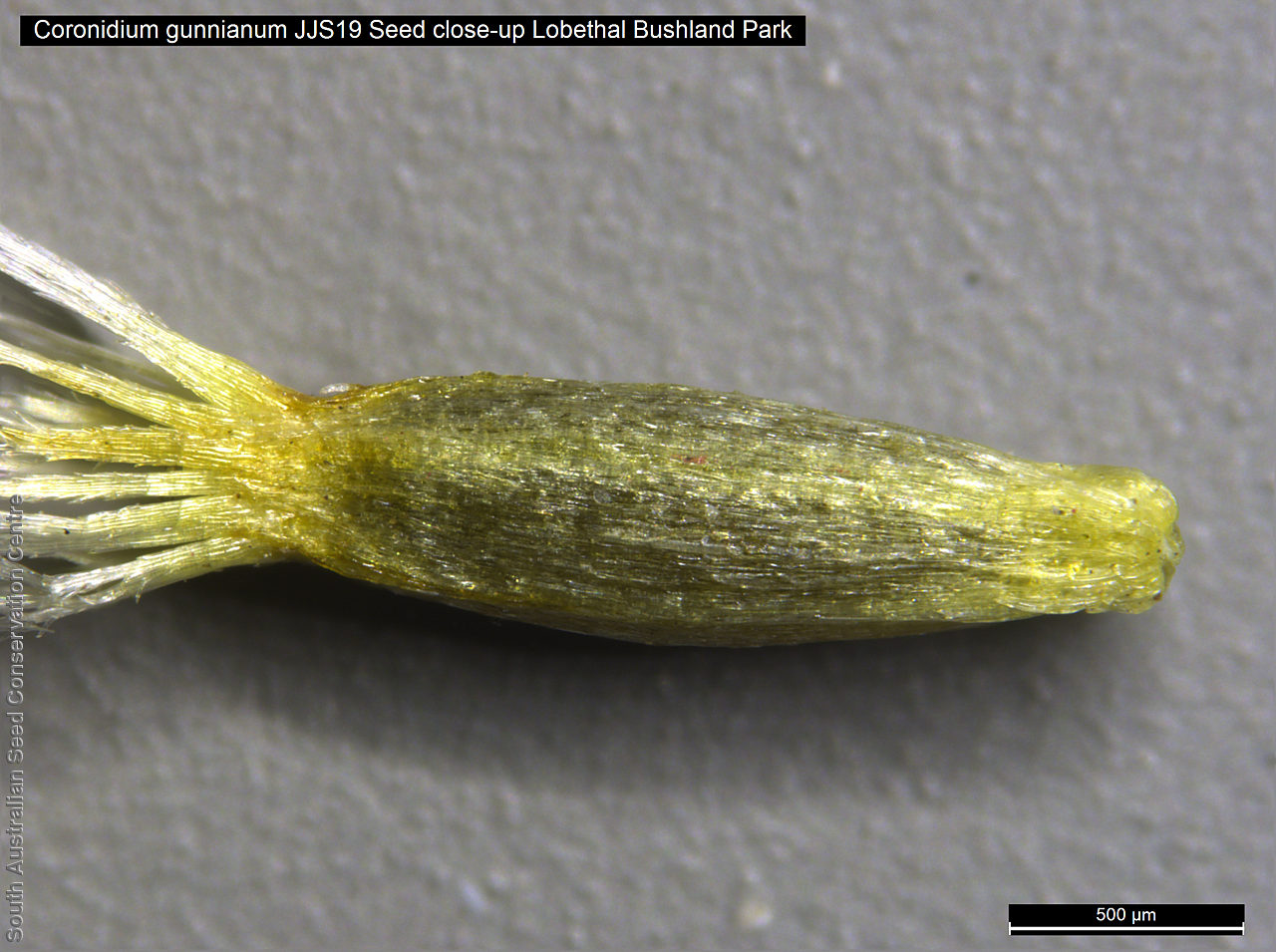
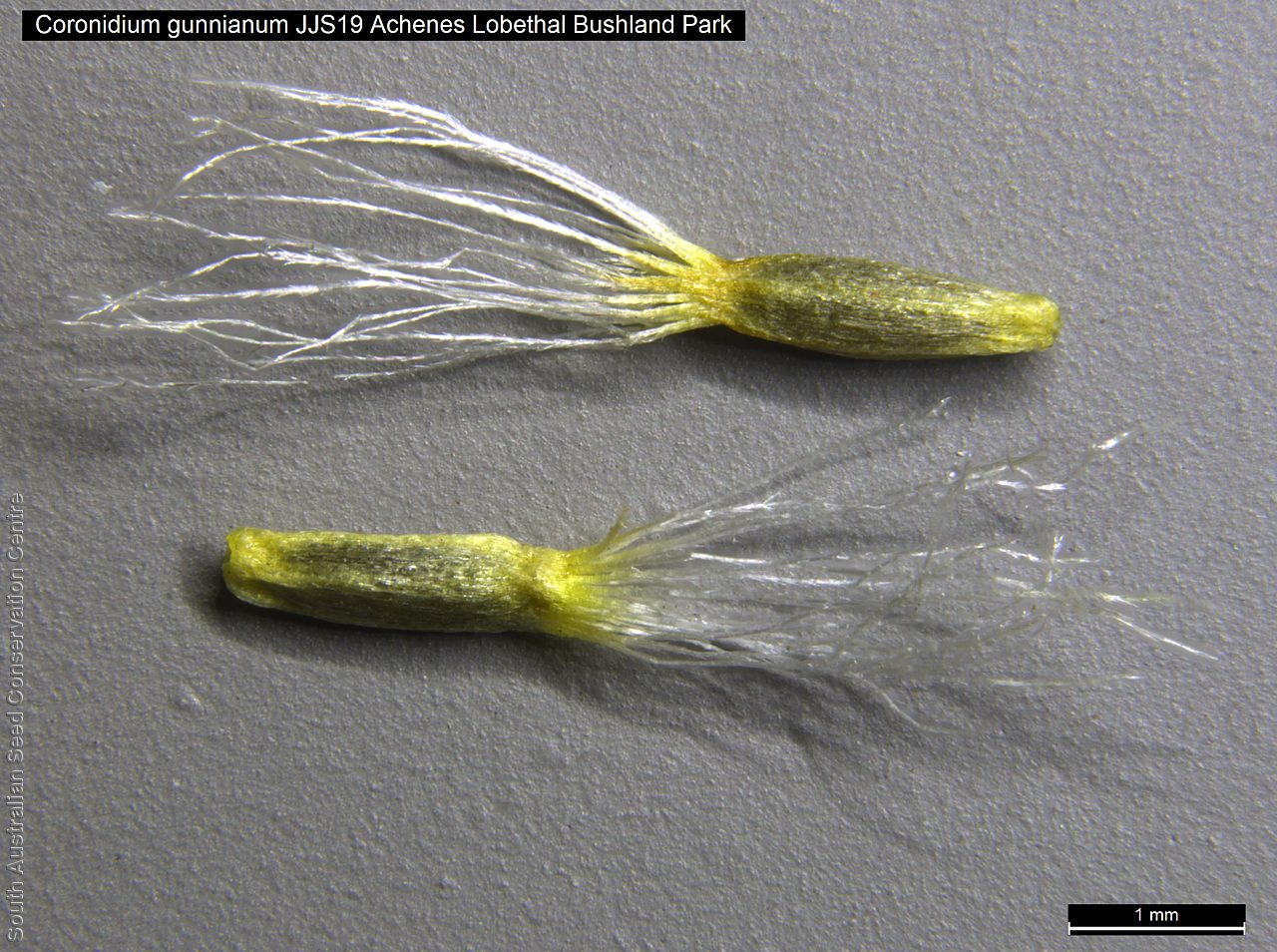
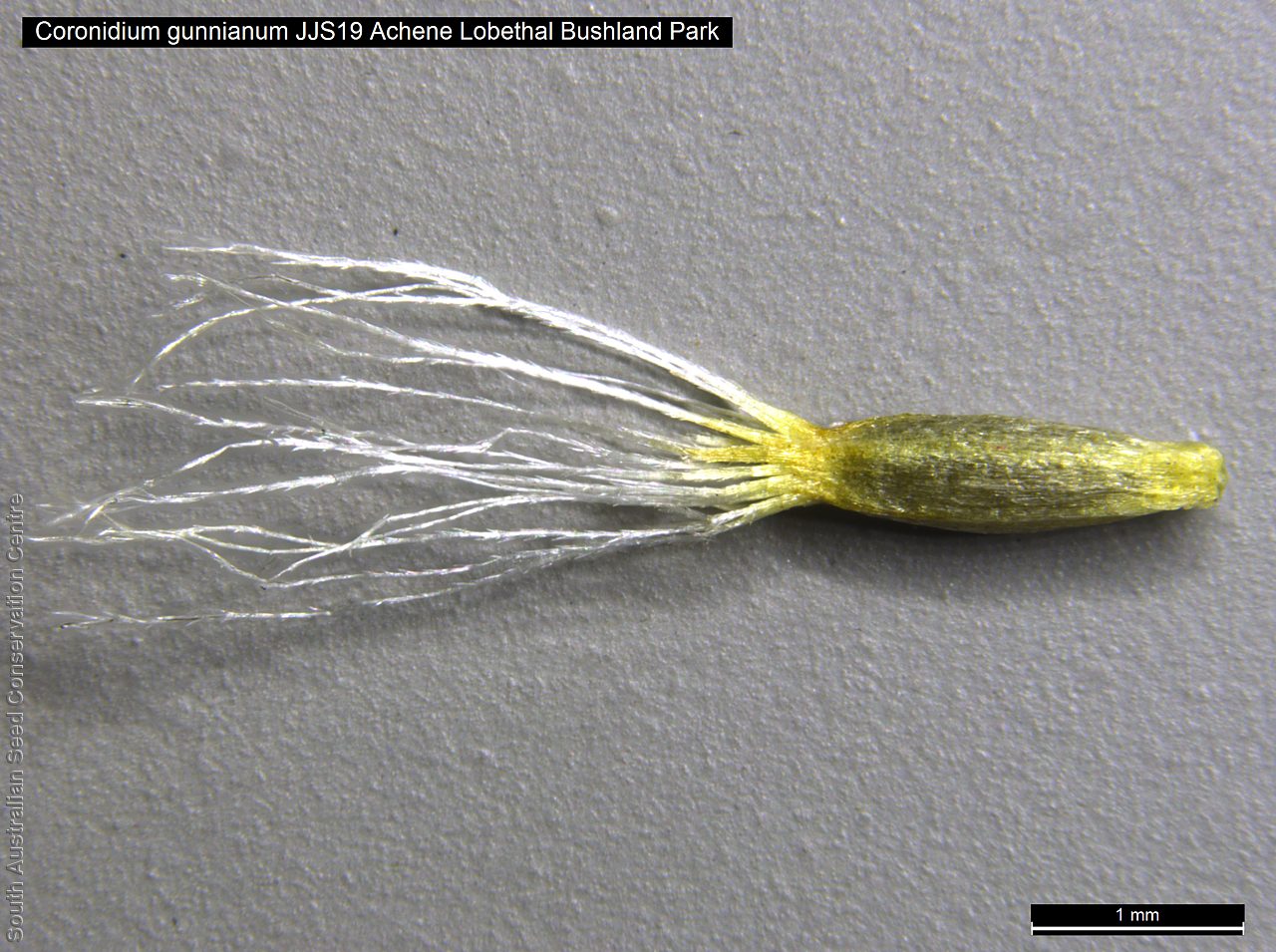
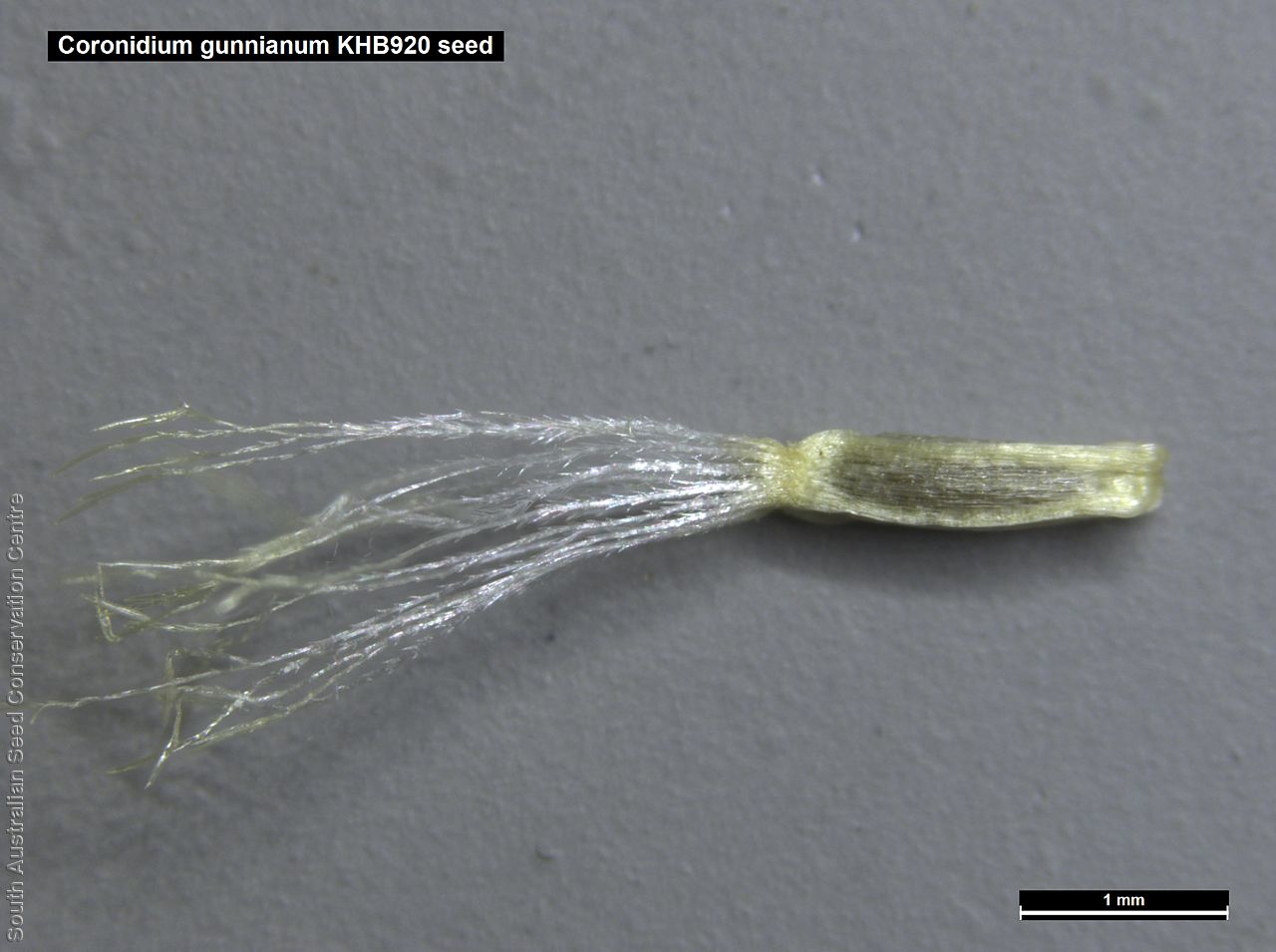
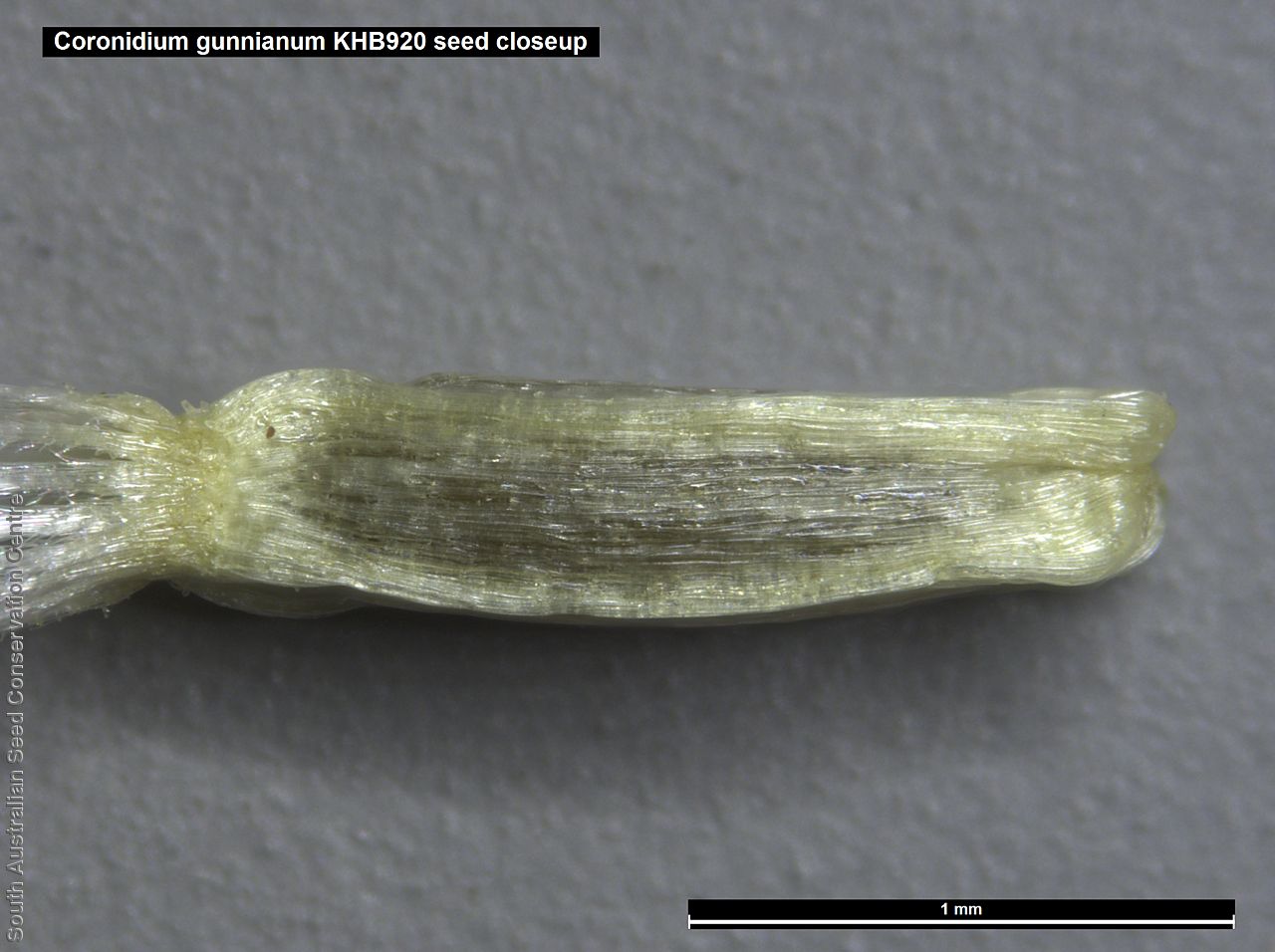
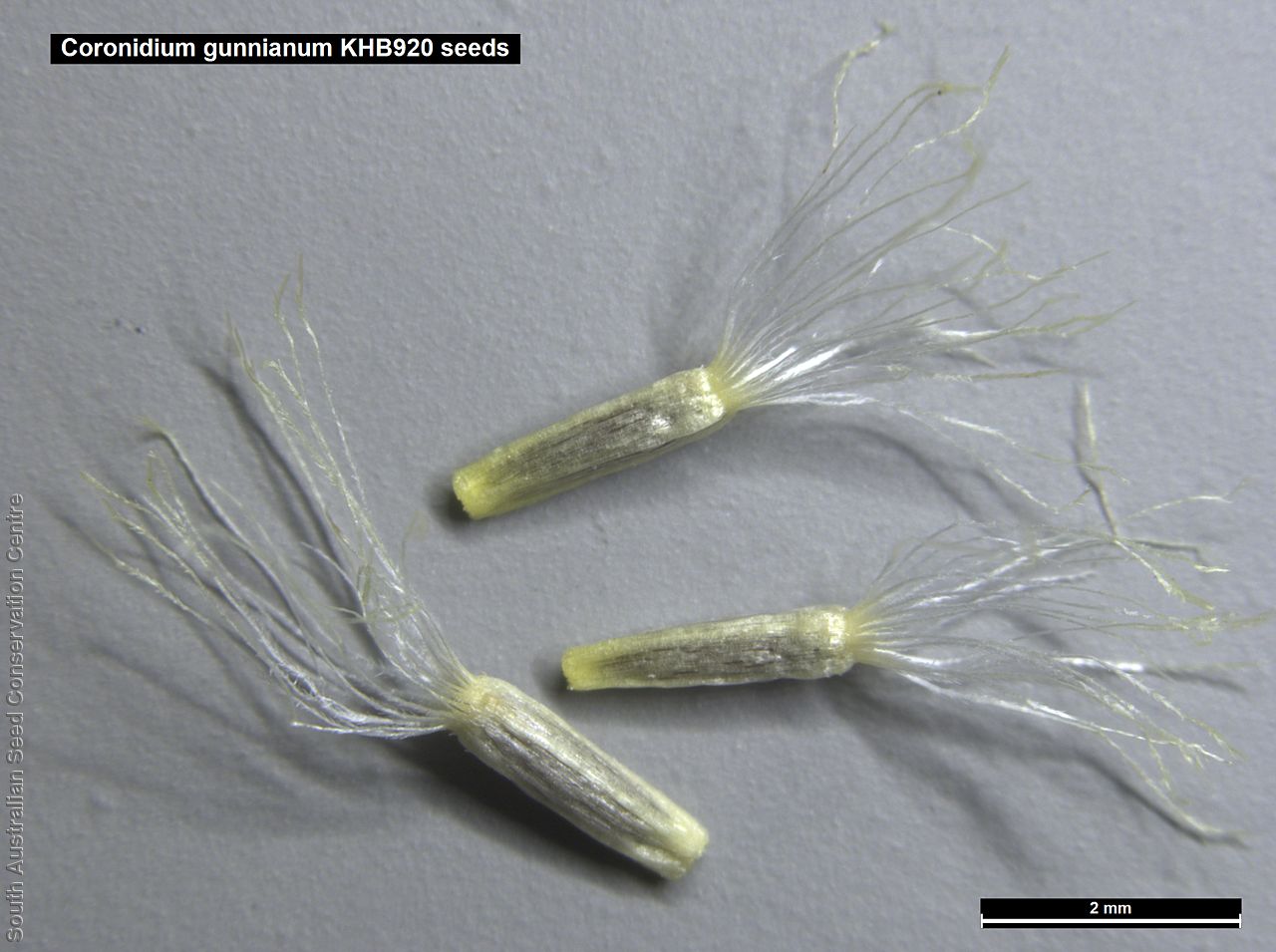
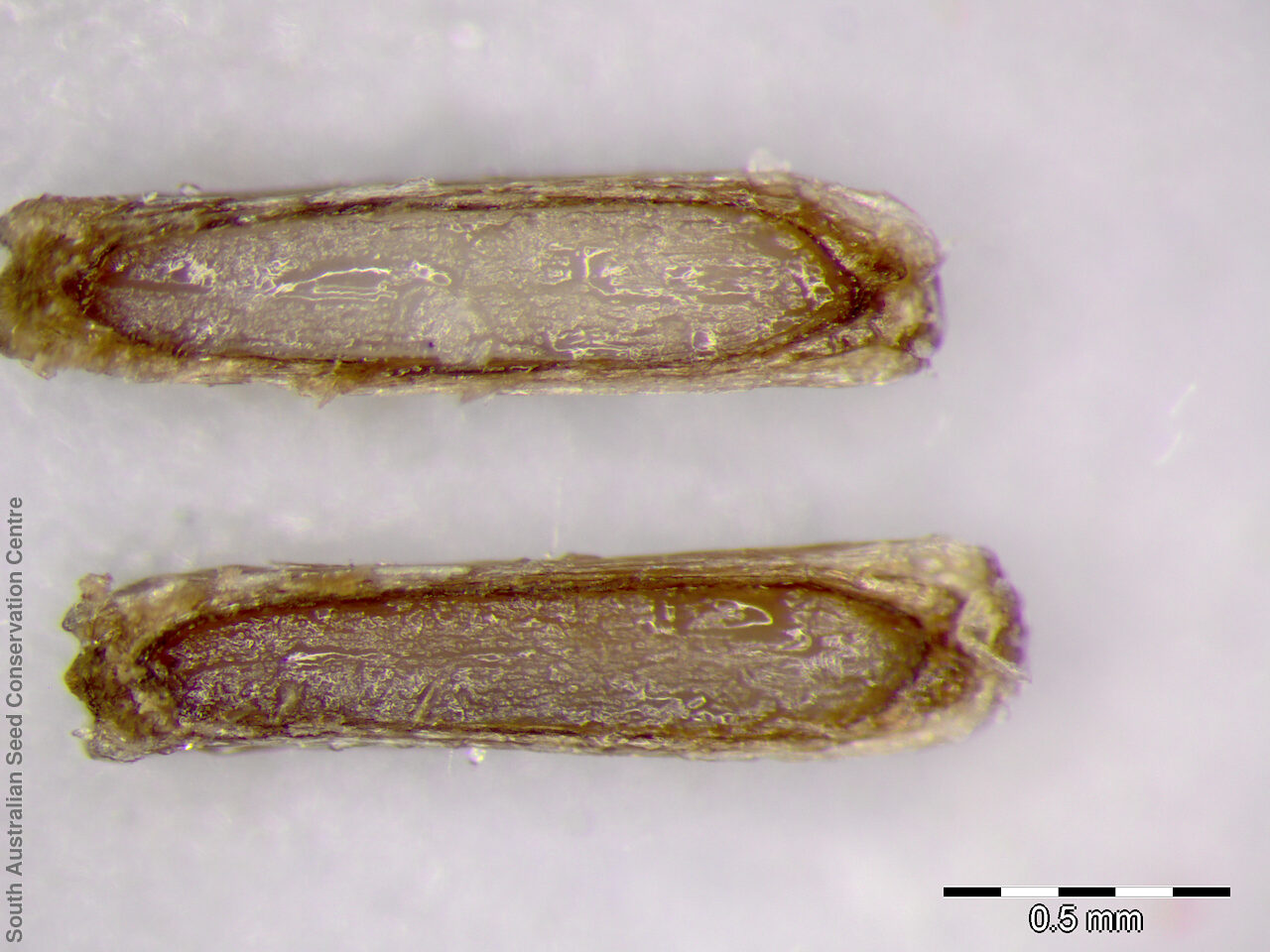
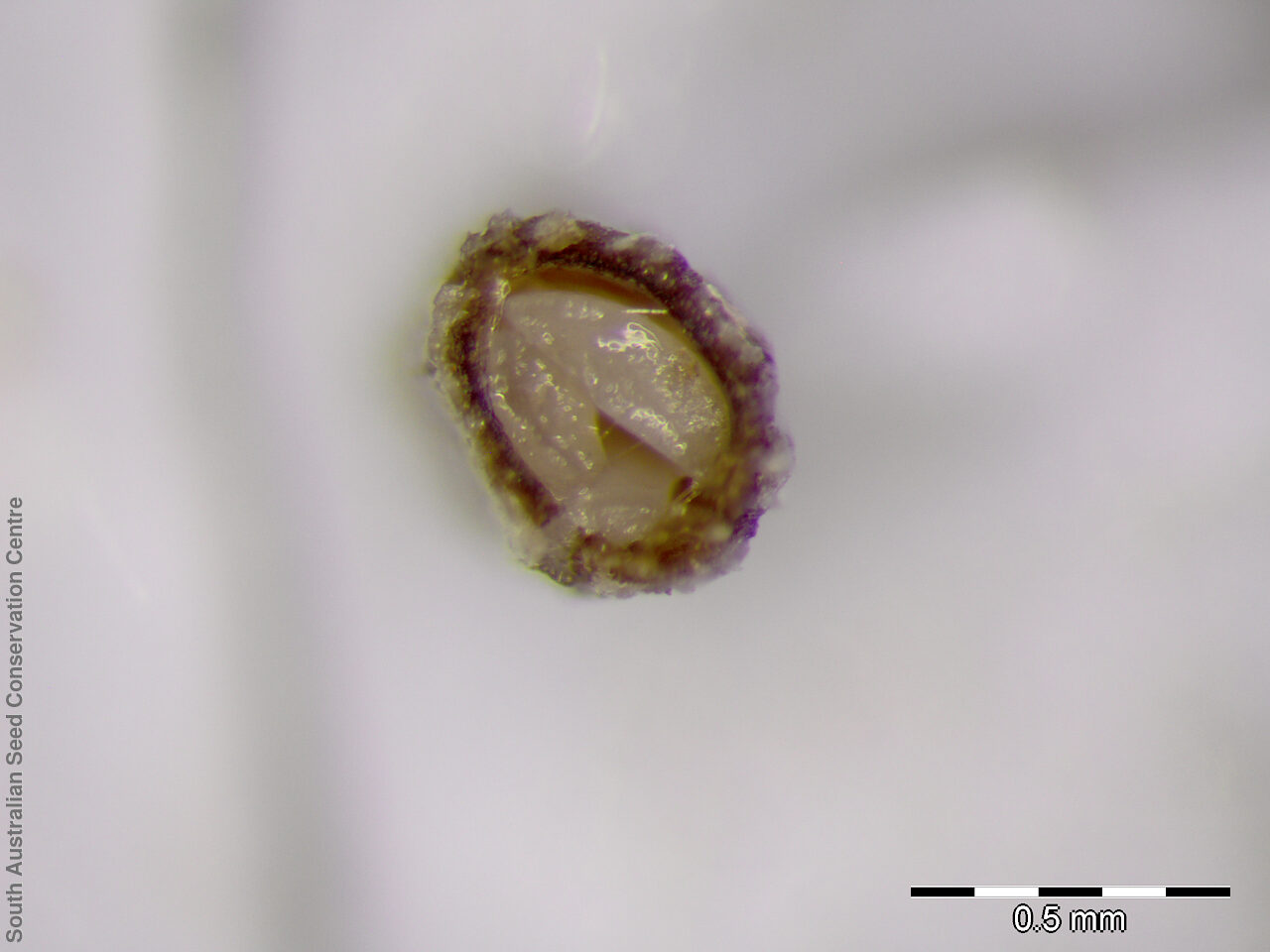

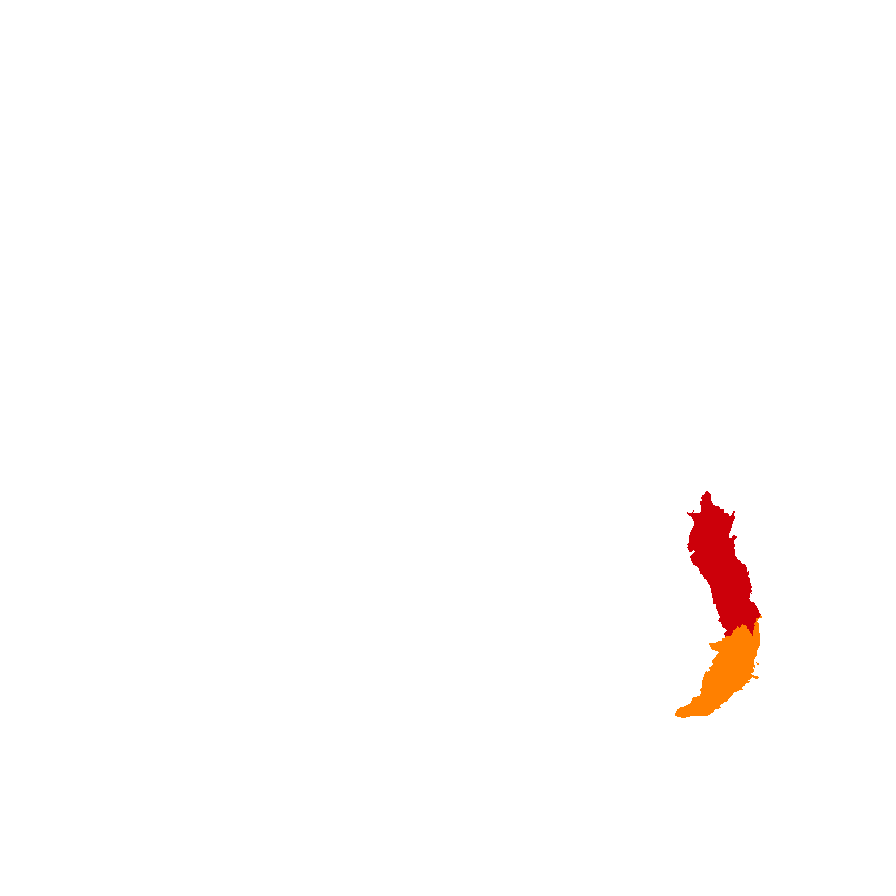
Botanical art
Prior names
Helichrysum rutidolepis
Leptorhynchos linearis
Etymology
Coronidium from the Greek 'korone' meaning a crown and the diminutive '-idion'; referring to the short pappus crown that in the Coronidium oxylepis group of species remains on the cypsela after the pappus bristles have broken near their base and fallen away. Gunnianum named after Ronald Campbell Gunn (1808-1881), a pioneer botanist and scientist in Tasmania and collector of the tyre specimen.
Distribution and status
Found in the southern Mount Lofty Ranges, Burra Gorge and a single record from the lower South-east in South Australia, growing in grasslands and riverine woodlands on soils that are prone to inundation. Also found in New South Wales, Victoria and Tasmania. Native. Rare in South Australia. Rare in the other states.
Herbarium regions: Murray, Southern Lofty, South Eastern, Green Adelaide
NRM regions: Adelaide and Mount Lofty Ranges, South Australian Murray-Darling Basin, South East
AVH map: SA distribution map (external link)
Plant description
Erect rhizomatous perennial herb to 50 cm high, sparingly branched with stems covered in appressed cottony hairs. Leaves linear to oblanceolate, attenuate at base, to 65 mm long and 9 mm wide, discolorous, firm-textured, upper surface smooth, glabrous or with sparse, appressed cottony hairs, sometimes with scattered glands, lower surface obscured by appressed cottony indumentum, with abundant sessile glands, apex acuminate, slightly thickened but not mucronate, margins recurved to revolute. Flower heads solitary, subglobular to depressed-turbinate to 25 mm diameter with pale yellow to brownish-yellow daisy flowers. Flowering between November to March. Fruits are dried papery daisy-head. Seeds are brown oblong seed to 3 mm long and 1 mm wide, with long white feather-liked pappus. Seed embryo type is spatulate.
Seed collection and propagation
Collect seeds between December and March. Collect whole heads that are drying off or collect just the seeds by plucking it out of the centre of the daisy-flower with your fingers. Mature seeds are easily removed. Place the heads in a tray for a week to dry. Then pluck the seeds from the head with your finders. Viable seeds will be fat and brown. Store the seeds with a desiccant such as dried silica beads or dry rice, in an air tight container in a cool and dry place. Seed viability can be low for this species. Seeds are non-dormant, viable seed should germinate readily.
Fire response
Obligate re-spouter and re-seeder.
Longevity: ????? year
Time to flowering: 1 year
Recovery work
In 2020-2021 this species was assessed post-fire in 1 year old fire scars. A total of 580 seeds have been collected & banked for a population inside the 2020 fire scar. Further populations will be assessed and seeds collected in 2021–2022. Germination screening testing the response to fire cues will be undertaken in 2021.This project was supported by the World Wildlife Fund program.
| Location | No. of seeds (weight grams) | Number of plants | Date collected | Collection number Collection location | Date stored | % Viability | Storage temperature |
|---|---|---|---|---|---|---|---|
| MSB | 5,600 (0.89 g) | 50+ | 22-Feb-2007 | DJD766 Southern Lofty | |||
| BGA | 21,000 (3.1 g) | 100 | 19-Apr-2007 | DJD797 Southern Lofty | 1-Aug-2007 | 10% | +5°C, -18°C |
| BGA | 2,500 (0.47 g) | 30+ | 14-Feb-2008 | KHB122 Southern Lofty | 19-Sep-2008 | 50% | +5°C, -18°C |
| BGA | 900 (0.28 g) | 5+ | 21-Feb-2008 | KHB123 Southern Lofty | 19-Sep-2008 | 50% | -18°C |
| BGA | 1,000 (0.25 g) | 1 | 9-Feb-2011 | KHB558 Southern Lofty | 1-Jan-2012 | 90% | -18°C |
| BGA | 910 (0.23 g) | 2 | 9-Mar-2017 | KHB920 Southern Lofty | 30-Jun-2018 | 100% | -18°C |
| BGA | 1,600 (0.360 g) | 20-Mar-2019 | K.H.Brewer Southern Lofty | 28-Jun-2021 | 60% | -18°C | |
| BGA | 7,300 (1.480 g) | 2-Mar-2019 | K.H.Brewer Southern Lofty | 28-Jun-2021 | 80% | -18°C, -80°C | |
| BGA | 580 (0.150 g) | 10+ | 12-Jun-2020 | JJS19 Southern Lofty | 28-Jun-2021 | 80% | -18°C |
| BGA | 4,000 (0.66 g) | 20+ | 24-Feb-2009 | TST720 Southern Lofty | 20-Jun-2023 | 80% | -18°C |
Number of plants: This is the number of plants from which the seeds were collected.
Collection location: The Herbarium of South Australia's region name.
% Viability: Percentage of filled healthy seeds determined by a cut test or x-ray.